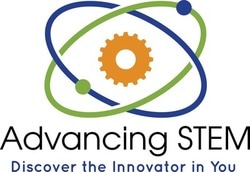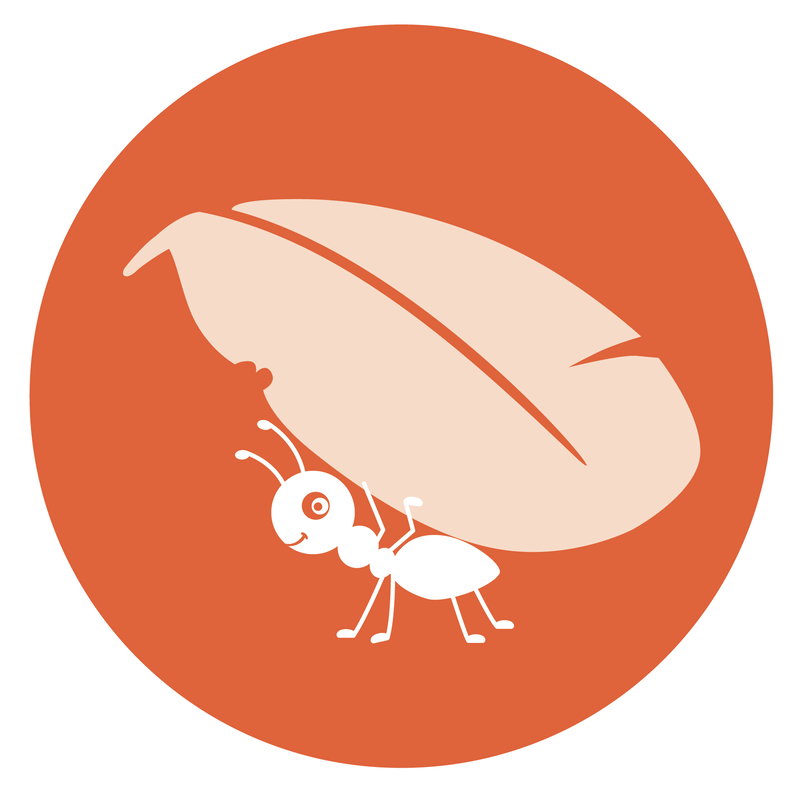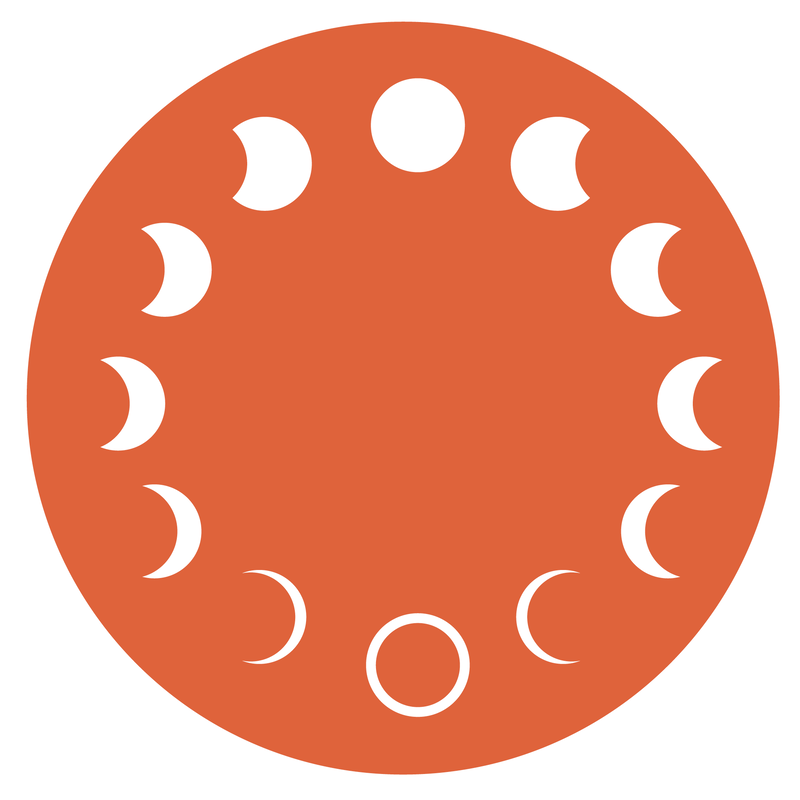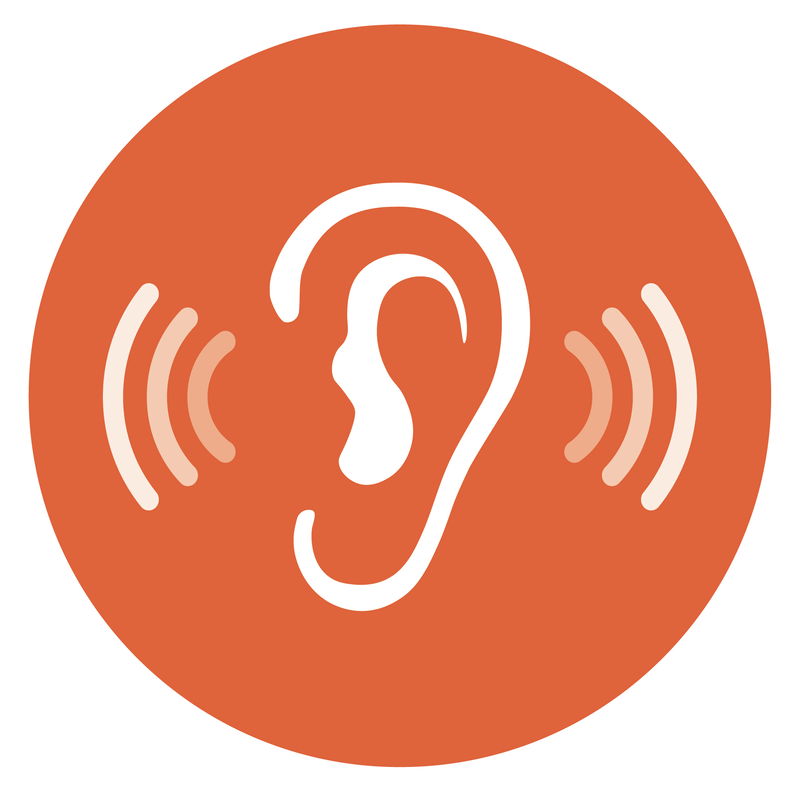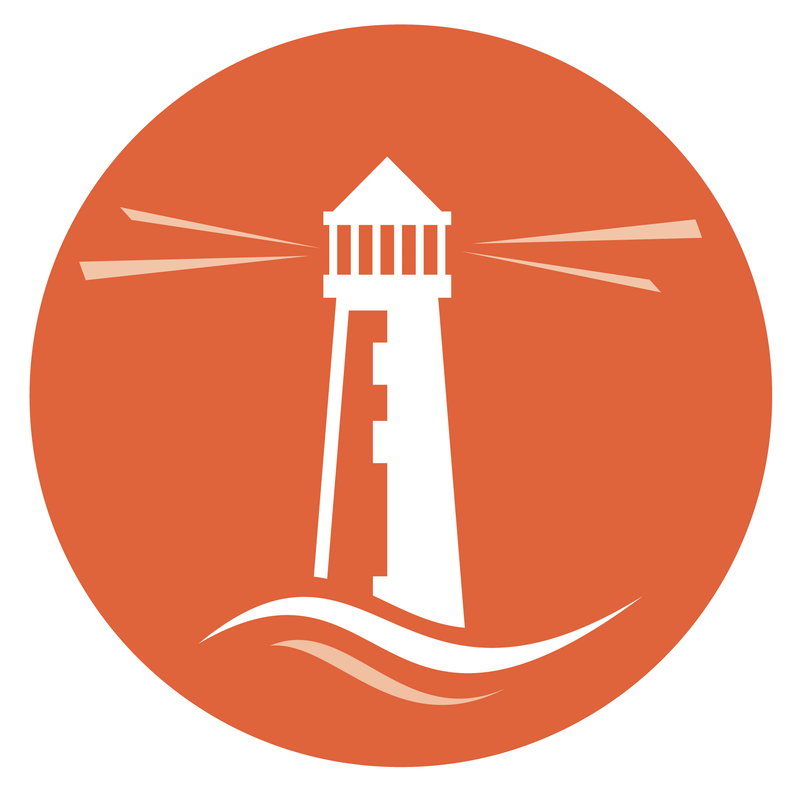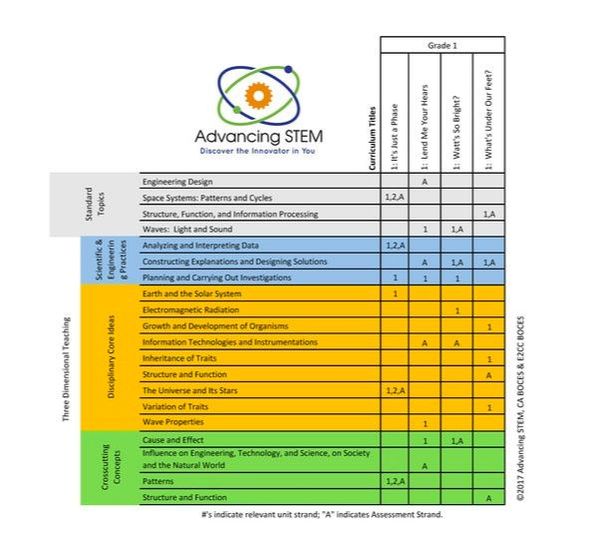Advancing STEM
Grade 1
Welcome to our sample page. Here, you will find a taste of what subscribing members experience. Please note that not all links on this page are active, nor are are all downloadable files complete. ALL downloadable files are for preview purposes only.
